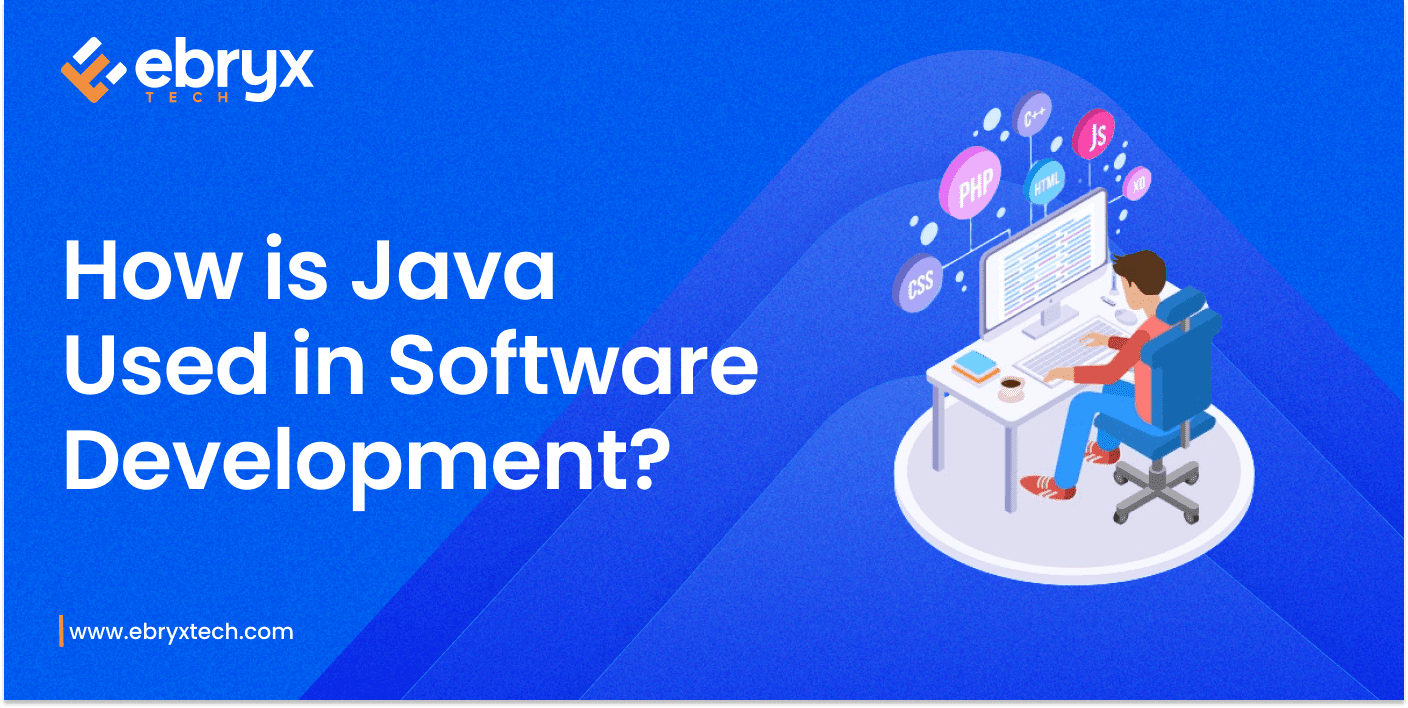The Role of System Architects in Reviewing Enablers during System Demos
In the realm of software development, system architects often operate behind the curtains, meticulously engineering the digital world we live in. However, when the spotlight turns to system demos, their role is pivotal. This comprehensive guide peels back the layers of this critical moment in software development. We’ll explore the system architecture’s delicate role in reviewing ‘enablers’ during demos, the types of enablers that are crucial to the process, and how these evaluations shape the future of our digital landscape.
The System Demo Dance: An Intricate Performance
Definition of a System Demo
A system demo is more than a mere showcase of features. It’s a tangible representation of the development cycle, nodding to agile principles that emphasize collaboration, iteration, and response to change. When conducted effectively, it’s a powerful tool for eliciting real-time feedback and aligning stakeholders with the project’s trajectory.
Significance in the Software Development Life Cycle (SDLC)
The SDLC is the blueprint for the development process. System demos form a bridge between the development and operations teams, facilitating understanding and communication. They are a key piece that transforms code into a livable product.
The Collaborative Nature of Demos
Successful system demos are a result of intense collaboration. Developers, project managers, and system architects cooperate to ensure the demo reflects the product’s potential and current state accurately. Feedback loops are closed, and the path forward is illuminated.
Enablers in the Spotlight: Laying the Groundwork for Success
Understanding Enablers in Software Development
An enabler, in the context of software development, is a factor or framework that allows the successful execution of a specific task, strategy, or overall objective. For system architects, these are the building blocks they employ to craft the architecture.
Types of Enablers
Enablers come in different forms, each with its own unique impact on the system and its environment. We’ll explore three key categories:
Technological Enablers
This category covers hardware, software, and other technological tools that support the system’s operation.
Process Enablers
Defined processes and methodologies that assist in the management and development of software, such as DevOps and Agile practices.
Cultural Enablers
Values, beliefs, and attitudes within an organization that influence the system’s operational behavior, like a focus on collaboration or innovation.
The System Architect’s Lens: A Unique Perspective
The Role of a System Architect
A system architect is a strategic thinker crafting the future of complex digital ecosystems. Their role involves high-level design, focusing on the system’s big picture, and ensuring that all architectural elements align with business goals.
Why System Architects Are Key Participants in Demos
Architects understand the implications of system changes better than most. Their presence ensures that the system’s evolution is both feasible and aligned with the overall architectural vision.
Balancing Technical and Business Considerations
In any demo, understanding the technical depth is indispensable, but so is the translation of these technical insights into business value. Architects master this dual perspective, ensuring the technology serves the strategic business narrative.
Enabler Evaluation Criteria: A Detailed Inspection
Technological Enablers
When evaluating technological enablers, system architects often focus on:
Scalability
Is the system capable of handling growth without compromising its performance or the user experience?
Performance
How fast and effectively does the system function under different conditions and loads?
Security
Are the enablers enhancing or undermining the system’s inherent security posture?
Process Enablers
Process enablers are assessed based on:
Efficiency
Do these processes streamline development, reduce waste, and optimize resources?
Automation
To what extent does automation contribute to the system’s agility and deployment frequency?
Adaptability
Can the process accommodate change without requiring a complete overhaul?
Cultural Enablers
Aligning the system with cultural enablers means exploring:
Collaboration
To what extent does the system promote or hinder team alignment and knowledge sharing?
Communication
Is there a clear and effective way for the system to articulate its state and needs to all stakeholders?
Innovation
Does the architecture allow for the implementation of novel approaches and continuous improvement?
Navigating Challenges in Enabler Review: The System Architect’s Compass
Common Pitfalls
Avoid these missteps that could derail enabler assessment:
Overemphasis on Technical Details
While crucial, it’s vital to keep in mind the bigger business picture and not get lost in minutiae.
Ignoring Business Impact
Failing to tie enabler evaluation to tangible business metrics can result in technical solutions that don’t align with business needs.
Lack of Alignment with Stakeholder Expectations
The best-designed systems are irrelevant if they don’t meet stakeholder needs. Continuous dialogue is necessary to ensure alignment.
Strategies for Effective Evaluation
To overcome challenges, architects should employ these strategies:
- Maintain a clear link between enablers and business objectives.
- Prepare and present findings in a language that all stakeholders can readily understand.
- Implement a flexible, iterative approach that integrates feedback into the evaluation process.
The Collaborative Demo Ecosystem: Engaging With All Players
Interplay Between System Architects and Other Stakeholders
Architects must navigate the complex web of relationships between developers, operations teams, project managers, and business stakeholders. Collaboration is key to ensuring that the right insights are gleaned from the demo.
Iterative Feedback Loops
System architects drive the importance of feedback loops during demos. By providing structured and actionable insights, they ensure that each iteration brings the system closer to its optimal state.
Continuous Improvement Mindset
A culture of perpetual refinement ensures that each demo is not just a milestone but a stepping stone. This active mindset propels the architectural evolution forward.
Case Studies: Real-world Insights Into Enabler Evaluation
Successful Integration of Enablers in System Demos
Exploring examples where enablers have enhanced the demo’s value can provide real-world context for their impact.
Lessons Learned from Challenges Faced
Failure can sometimes be the best teacher. Through case studies, we can glean insights into the pitfalls and effective strategies for overcoming enabler challenges.
Impact on Overall System Architecture
By examining how specific enablers have been refined over time, we can see the broader influence on system architecture and, by extension, software development efficiency.
Future Trends in System Demos and Enabler Evaluation
Emerging Technologies and Their Influence
The rapid evolution of technology constantly reshapes the landscape of enabler assessment. Keeping an eye on emerging trends is critical for staying ahead.
Evolving Role of System Architects
As the industry changes, so must the role of system architects. New responsibilities and skills are continually being added to their repertoire.
Shaping the Future of Software Development
The collective understanding and application of enabler evaluation during system demos lay the foundation for the future of software development. As industry leaders, our decisions today are the innovations of tomorrow.
In conclusion, system architects play a multifaceted role in system demos, especially when it comes to evaluating enablers that shape the software being presented. Their unique skills and perspectives ensure that the digital tapestry woven during demos is both beautiful and functional. As we chart the course of system development, understanding and appreciating their contribution is essential to any tech enthusiast or professional wanting to stay at the forefront of the industry.
Conclusion:
In conclusion, the role of system architects in reviewing enablers during system demos is paramount for ensuring the success of software development projects. As architects navigate the complexities of technological, process, and cultural enablers, they contribute to the creation of a robust digital landscape. The collaborative nature of system demos, coupled with a continuous improvement mindset, propels software development forward. By understanding the nuances of enabler evaluation, learning from real-world case studies, and anticipating future trends, system architects shape the future of software development. As the digital tapestry evolves, their multifaceted role remains essential, marking a compelling chapter in the ever-evolving narrative of technology and innovation.
FAQs:
1) What is the role of a system demo in software development?
A system demo serves as more than just a feature showcase; it’s a tangible representation of the development cycle, emphasizing collaboration, iteration, and real-time feedback.
2) Why are system architects considered key participants in demos?
System architects understand the implications of system changes and ensure that the system’s evolution aligns with the overall architectural vision, balancing technical depth with business considerations.
3) What are enablers in the context of software development?
Enablers are factors or frameworks that facilitate the successful execution of specific tasks, strategies, or overall objectives in software development.
4) How do system architects evaluate technological enablers during demos?
System architects focus on scalability, performance, and security when evaluating technological enablers, ensuring the system can handle growth without compromising functionality.
5) What are some common pitfalls in enabler assessment, and how can they be avoided?
Pitfalls include overemphasis on technical details, ignoring business impact, and lack of alignment with stakeholder expectations. Strategies to avoid these pitfalls include maintaining a clear link between enablers and business objectives.










